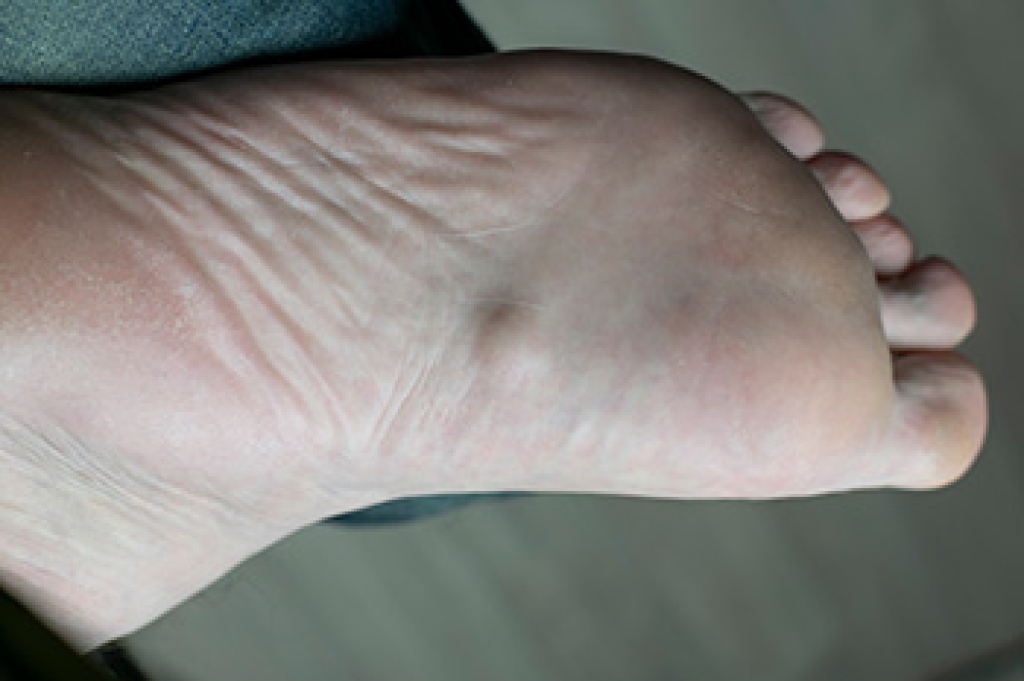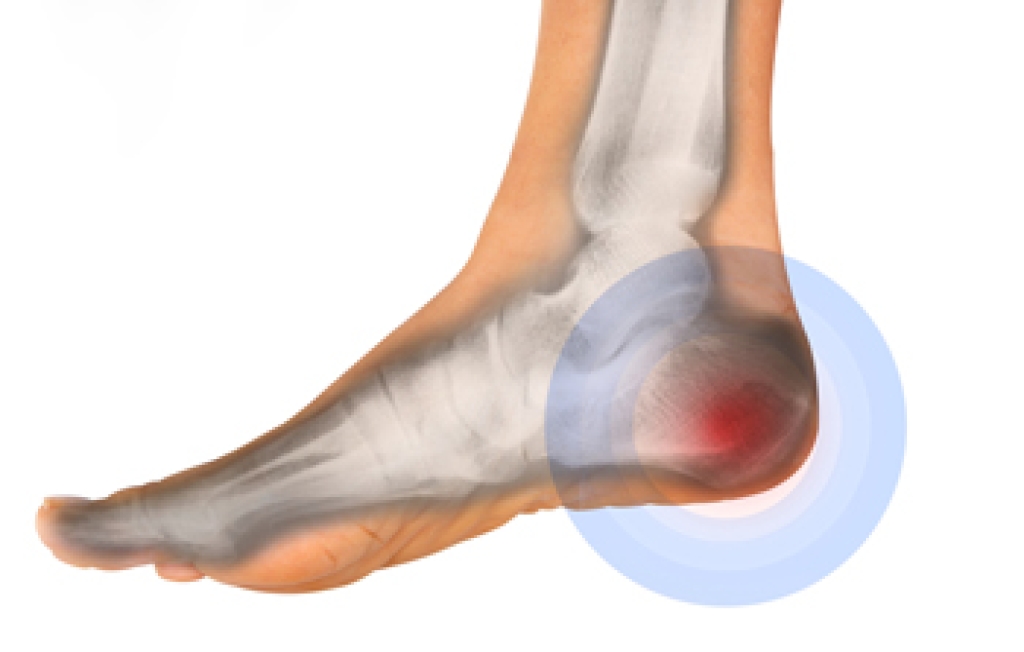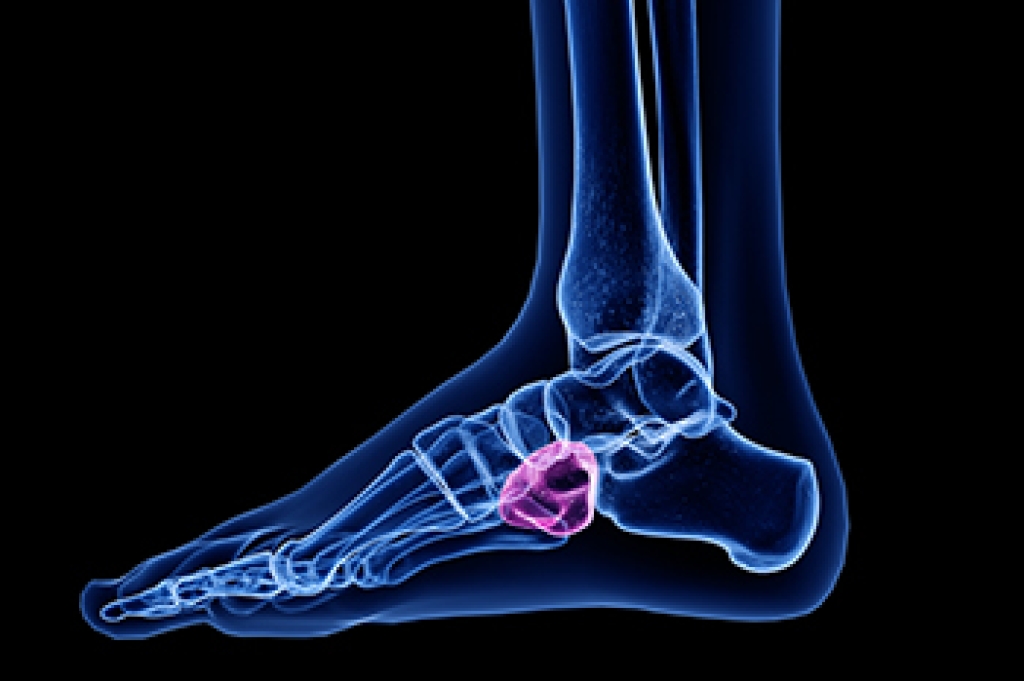
Pain that sets in during the evening or overnight can have many triggers. Irritated nerves may create tingling or burning once the feet are still. Circulation changes in a reclined position can lead to throbbing or heaviness. Inflammation from arthritis may stiffen joints during hours of rest, while strain in the plantar fascia can cause lingering soreness from the day’s activity. Muscle cramps, often linked to dehydration or low mineral levels, may jolt you awake. Even blankets pressing on the toes can aggravate tender spots. Because these sensations can stem from multiple causes, finding lasting relief depends on identifying the source. Solutions might include specific exercises, wearing better footwear, or podiatric treatment. If foot pain regularly interferes with rest, it is suggested that you see a podiatrist for a full evaluation and targeted care.
Foot Pain
Foot pain can be extremely painful and debilitating. If you have a foot pain, consult with one of our podiatrists from Comprehensive Foot & Ankle Center. Our doctors will assess your condition and provide you with quality foot and ankle treatment.
Causes
Foot pain is a very broad condition that could be caused by one or more ailments. The most common include:
- Bunions
- Hammertoes
- Plantar Fasciitis
- Bone Spurs
- Corns
- Tarsal Tunnel Syndrome
- Ingrown Toenails
- Arthritis (such as Gout, Rheumatoid, and Osteoarthritis)
- Flat Feet
- Injury (from stress fractures, broken toe, foot, ankle, Achilles tendon ruptures, and sprains)
- And more
Diagnosis
To figure out the cause of foot pain, podiatrists utilize several different methods. This can range from simple visual inspections and sensation tests to X-rays and MRI scans. Prior medical history, family medical history, and any recent physical traumatic events will all be taken into consideration for a proper diagnosis.
Treatment
Treatment depends upon the cause of the foot pain. Whether it is resting, staying off the foot, or having surgery; podiatrists have a number of treatment options available for foot pain.
If you have any questions, please feel free to contact our offices located in Lehigh Ave and Nazareth Hospital in Philadelphia, Collegeville Darby, and Langhorne, PA . We offer the newest diagnostic and treatment technologies for all your foot care needs.




